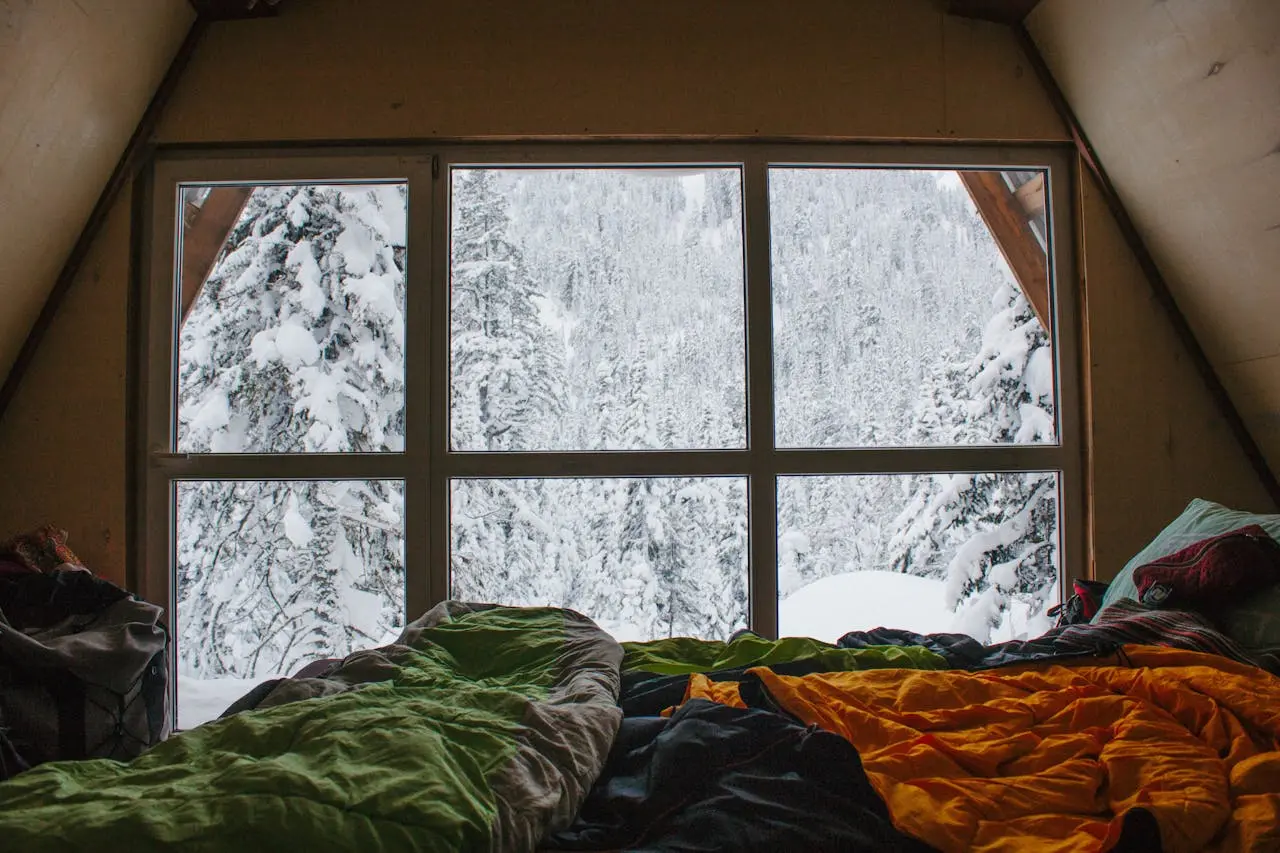You might have been to Louisiana, a popular state in the U.S., but do you know it’s home to Wolf Rock Cave?
As the only known rock shelter in the state, the Wolf Rock Cave was also used by the state’s early people.
The Wolf Rock Cave, located in Kisatchie National Forest, has drawn the interest of tourists, historians, geologists, and nature enthusiasts because of its geological formations and ancient history.
This article covers the fascinating part of the Wolf Rock Cave, including its origin, folklore stories, archaeological significance, and geological formations.
If you have an interest in history or nature, this article will provide everything you need to know about the Wolf Rock Cave.
Origin of Wolf Rock Cave
The name, Wolf Rock Cave, came from legends that said the cave was once home to a pack of wolves.
Early settlers and Native Americans believed that it was a sacred place and shared stories of encountering supernatural energy within the cave.
Some stories also suggest that Native American spirits still protect the cave so it cannot be destroyed.
These legends may not be true, but they are one of the things that draw visitors to this historical site.
What we know for sure is that Wolf Rock Cave has been in Louisiana for more than 30 million years and was formed through natural erosive processes.
Over the years, this cave has been a shelter for both humans and wildlife.
Historical And Archaeological Significance
Wolf Rock Cave has always been a habitat for humans, as shown by archaeological evidence.
It was inhabited by the Archaic people during the late Archaic period, dating up to 2500-1000 BC.
The Archaic people were hunter-gatherers who lived in nomadic groups and relied on natural resources for survival.
They created stone tools such as axes and scrapers; bone needles and fish hooks, which they used for crafting and fishing; and beads and hairpins made from animal bones.
Even arrowheads can still be found in the woods surrounding the cave to this day.
They made baskets to carry and store seeds, roots, fruits, and nuts. They cracked nutshells with specially shaped stones and ground nuts or seeds into meals with grinding stones.
There are also charcoal remains in the cave, which suggests warmth, cooking, or rituals that would have required campfire safety knowledge similar to what modern outdoor enthusiasts practice.
During the American Civil War, the back rooms of Wolf Rock Cave were allegedly used as a strategic hideout location.
They served as the barracks and garrison to hide horses and supplies from the Confederates.
After the war, as more people settled in the surrounding area, the cave became a campsite for local hunters and fishers and a party spot where teens from the nearby towns would gather for beer and shenanigans.
By 1970, the United States Forest Service had recognized the historical importance of this cave, so they cleaned it up.
However, they deemed the back rooms too unstable, so it was closed off to the public for safety reasons.
Geological Features of Wolf Rock Cave
Wolf Rock Cave is a Sedimentary rock, surrounded by rocky outcrops, dense woods, and diverse wildlife.
It is composed of limestones, which formed through a process where acidic water dissolves the rock over the years, creating caverns and tunnels.
The cave is developed in the softer layer of rock at the bottom; the ceiling is formed by a harder layer and looks like a flat ceiling.
The lower layer of rock seemed to be softer, and there was a sort of passage or low chamber eroded from the rock.
The cave has two overhanging rocks forming the shelter with an actual cave behind one of them.
Mineral formations like stalactites and stalagmites have been found in the cave’s inner chambers, which are smaller compared to other caves.
Can You Visit Wolf Rock Cave?
Yes, since the cave is located in Kisatchie National Forest, you can take a five-minute hike from the parking area along Bundick’s Creek.
The terrain in this area is uneven, so watch your step and keep an eye out for arrowheads.
Organizations dedicated to historic preservation and archaeology work to protect the cave from damage, vandalism, and unauthorized excavation.
Their efforts ensure that the site remains a valuable resource for future studies and a place you can visit.
Though the surrounding area is used for hiking and nature exploration, it will still be hard to enter the cave.
So, before visiting with your family, make sure you check with the park services for the guided tours.
Conclusion
Wolf Rock Cave is part of the Catahoula Formation and was created by erosive processes nearly 30 million years ago.
This cave gives insight into Louisiana’s prehistoric past, early human life, geology, and folklore.
Public access to the cave is limited, but you can check with the tourism and conservation services to ensure you have a good time at the cave.
If you’re seeking an adventure, then you should know that Wolf Rock Cave is worth visiting.
If you’re planning a trip to Kisatchie National Forest, then add Wolf Rock Cave to one of the historical sites to stop at.
If you’re a nature enthusiast, an explorer, or a history lover, you’ll love this experience cos you’ll be able to explore the surrounding trails.





